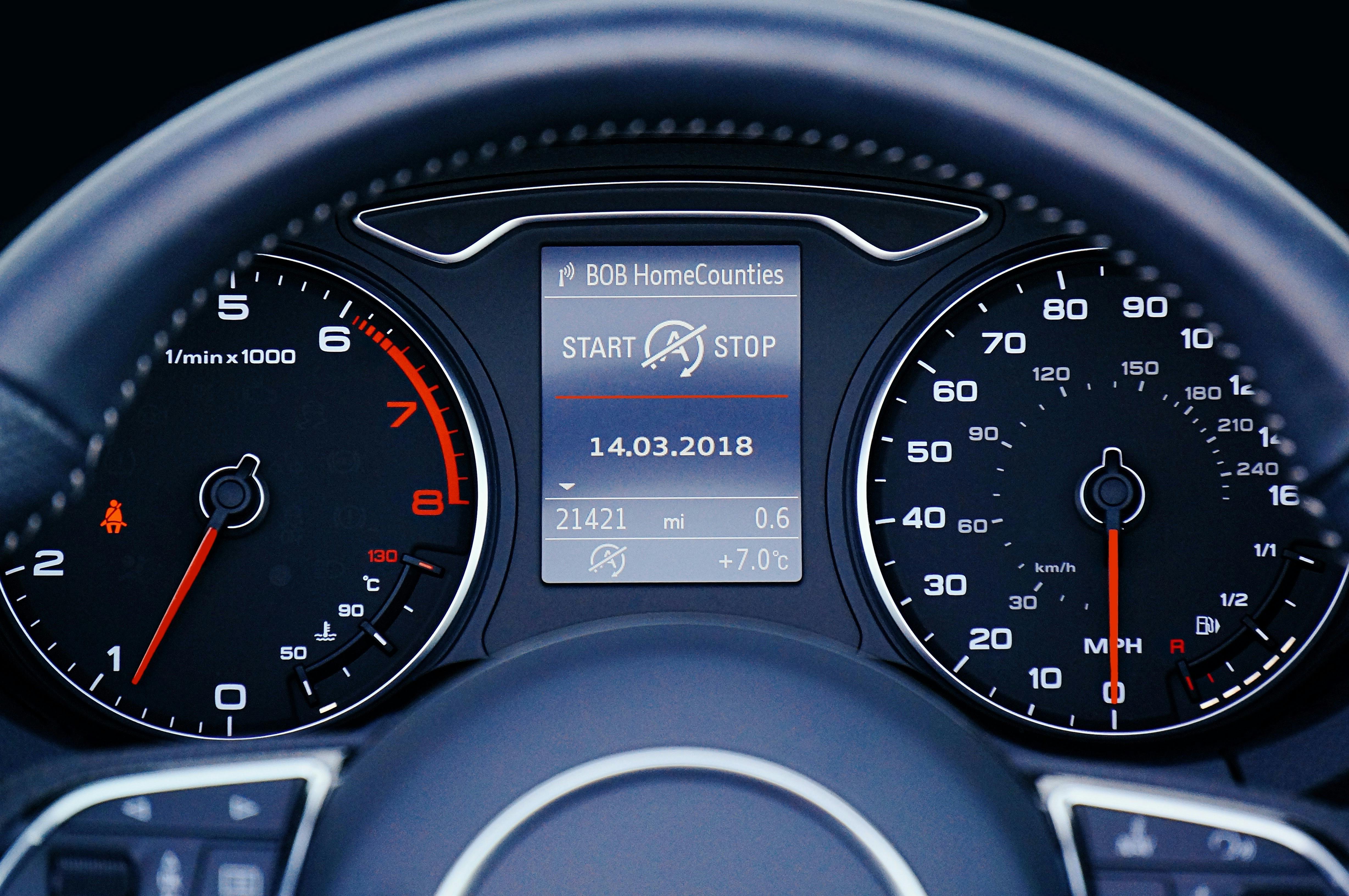Decoding Dashboard Warning Lights: What Your Car is Telling You

Dashboard warning lights are a crucial aspect of modern vehicles, designed to alert drivers to potential issues before they become severe problems. Understanding what these lights signify can save you from unnecessary stress and costly repairs. In this comprehensive guide, we'll decode the most common dashboard warning lights and explain what your car is trying to tell you.
Why Dashboard Warning Lights Matter
Dashboard warning lights serve as the vehicle's way of communicating with you. They are designed to inform you when something isn't functioning correctly, allowing you to take action before the issue escalates. From minor alerts to serious warnings, these lights play a vital role in vehicle maintenance and safety. Ignoring them can lead to significant damage and potentially dangerous situations on the road.
Common Dashboard Warning Lights and Their Meanings
Check Engine Light
One of the most recognized dashboard symbols is the check engine light. This indicator can trigger for various reasons, ranging from a loose gas cap to more severe issues like a malfunctioning catalytic converter or engine misfire. When this light illuminates, it's essential to consult a professional to diagnose the specific problem.
Battery Alert
The battery light indicates a problem with your vehicle's charging system. This could be due to a faulty alternator, a loose or corroded battery cable, or a failing battery. If this light comes on while driving, it's advisable to turn off any non-essential electrical systems (like the radio) and head to a service center immediately to avoid getting stranded.
Oil Pressure Warning
The oil pressure warning light signifies that there is an issue with your car's oil pressure. Low oil levels or a malfunctioning oil pump are common culprits. Ignoring this warning can lead to severe engine damage, so it's crucial to check your oil levels and seek professional help if necessary.
Brake System Alert
This light often appears as an exclamation mark inside a circle or along with the word “BRAKE.” It can indicate various issues, such as low brake fluid, worn brake pads, or a problem with the anti-lock braking system (ABS). Since brakes are fundamental to your safety, this warning should never be ignored.
Tire Pressure Monitoring System (TPMS)
The TPMS light looks like an exclamation point inside a horseshoe. It alerts you when one or more tires are significantly under-inflated. Driving with improperly inflated tires can lead to poor fuel economy, increased tire wear, and even tire failure. Check your tire pressure and inflate them to the recommended levels as soon as possible.

Coolant Temperature Warning
The coolant temperature warning light, often depicted as a thermometer, indicates that your engine is overheating. This could be due to a lack of coolant, a malfunctioning radiator, or a defective thermostat. An overheated engine can cause significant damage, so it's important to stop driving immediately and address the issue.
Airbag Indicator
The airbag warning light signals a problem with the airbag system. This could mean that the airbags may not deploy in the event of a collision, posing a serious safety risk. It's essential to have this checked by a professional to ensure your airbags are functioning correctly.
Anti-lock Braking System (ABS) Light
The ABS light indicates a malfunction in the anti-lock braking system. While your regular brakes will still work, the ABS may not function properly, which can affect your vehicle's handling during an emergency stop. It's important to have this system inspected to maintain optimal braking performance.
Traction Control Light
This light appears as a car with skid marks behind it and indicates that the traction control system is active. If it stays illuminated, it could mean that there is a problem with the system. Traction control helps prevent wheel spin during acceleration, especially in slippery conditions, so ensure this system is working correctly.
Seat Belt Reminder
The seat belt warning light is a reminder to buckle up. While it seems straightforward, wearing your seat belt is one of the simplest and most effective ways to protect yourself in a crash. Always ensure all passengers are secured before setting off.
Fuel Indicator
The fuel warning light typically appears as a gas pump and signals that your fuel level is low. Driving with a nearly empty tank can cause debris in the fuel tank to clog the fuel filter or damage the fuel pump. Refill your tank promptly to avoid these issues.
Battery Charge Alert
When the battery charge warning light illuminates, it means that the battery is not being charged properly. This could be due to a defective alternator, battery, or wiring issue. Without a properly charged battery, your car can stall and fail to start, so it's crucial to address this promptly.

What to Do When a Warning Light Comes On
When a dashboard warning light comes on, it's important to remain calm and assess the situation. Stop safely if the warning light is red or flashing, as these typically indicate serious issues that need immediate attention. Your vehicle's owner's manual will provide specific information about each warning light and guidance on what actions to take. For some warnings, like low tire pressure or a loose gas cap, you can perform a quick inspection yourself. For others, it's best to get professional assistance. If you're unsure about the severity of the warning or how to address it, contact a trusted mechanic or service center for diagnostics and repairs.
Conclusion
Understanding your dashboard warning lights is essential for maintaining your vehicle's health and ensuring your safety on the road. By knowing what each light means and taking appropriate action, you can prevent minor issues from becoming major problems. Regular maintenance and prompt attention to warning lights will keep your car running smoothly and help you avoid unexpected breakdowns.
Stay informed, stay safe, and trust your vehicle's dashboard to guide you to a reliable driving experience.



